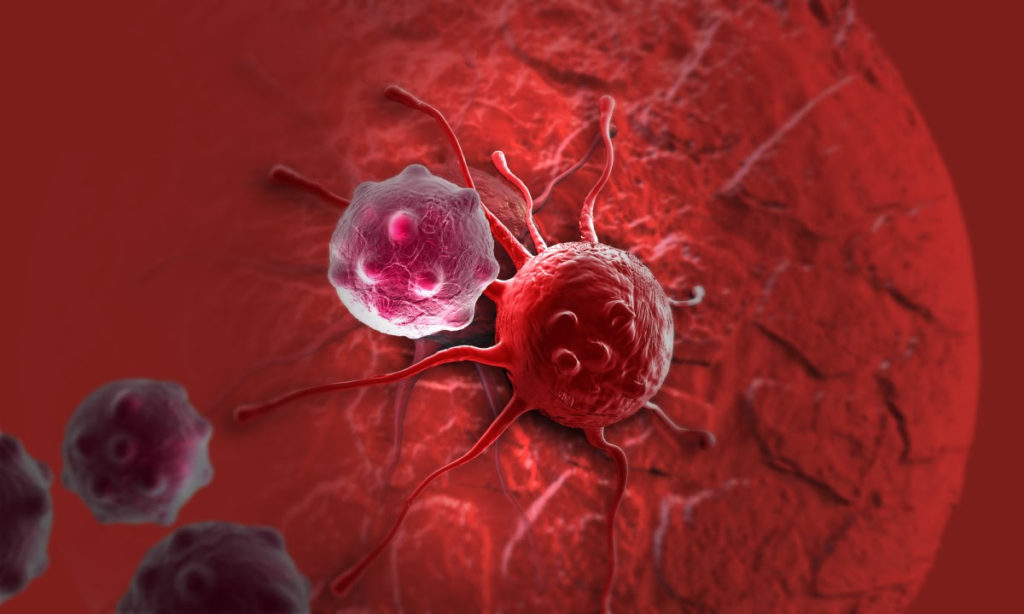By Michael Irving
Researchers at the Broad Institute of MIT and Harvard have solved a molecular mystery that might lead to new treatments for cancer. The team has uncovered just how a strange molecule works to kill cancer by inducing a little-known type of cell death, and identified other molecules that may work even better.

Ferroptosis is a relatively newly discovered form of cell death where toxic molecules known as lipid peroxides build up in a cell. A protein called GPX4 prevents this from happening by converting them into safer compounds. But in previous work, researchers wondered whether finding drugs that switch off GPX4 would be a useful method for killing cancer.
A few years on, and scientists discovered one such molecule. ML210, as the molecule is known, binds to GPX4 and triggers ferroptosis – but its discoverers weren’t exactly sure how. After all, ML210 is an oddly smooth molecule, with no clear way to make the required bonds.
But now, the Broad Institute researchers say they’ve figured it out. On closer chemical analysis, the team found that once it enters the cell, ML210 actually goes through a two-step transformation. First it becomes a compound that the team calls JKE-1674, then it turns into another molecule dubbed JKE-1777. And it’s this last form that is able to bind GPX4.
Of the three forms, the researchers found that the middle step, JKE-1674, was the most promising for use in animals and humans. It’s stable outside of cells, and appears to be selective only for GPX4.
Further testing may show that this is the beginning of a brand new class of cancer drugs that work by inducing ferroptosis. The method is particularly promising against cancer that’s resistant to existing drugs, and may prevent that resistance from developing.
Of course, there’s still a long way to go before it’s tested in humans, if ever. But it’s an intriguing new possible pathway.
The research was published in the journal Nature Chemical Biology.
Source: Broad Institute

Leave a Reply